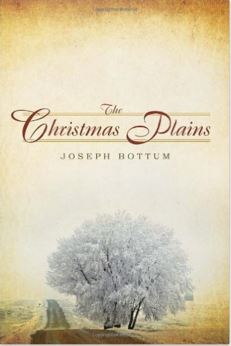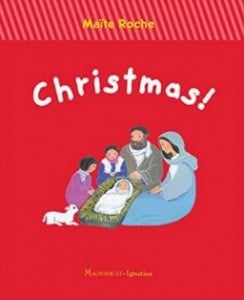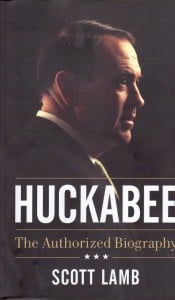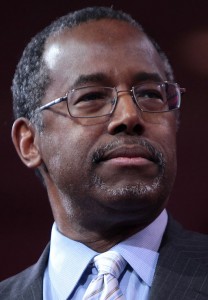One afternoon in December 2012, Texas State Representative Dwayne Bohac (R-Houston) picked up his first-grade son from school and asked him how his day went.
“He told me,” Rep. Bohac said, “that his class had decorated their holiday tree with holiday ornaments. When I asked what a holiday tree was, he told me it was the same as a Christmas tree. After inquiring with school officials as to why the term ‘Holiday Tree’ was being used, it became apparent that the school was fearful of litigation.”
Not content to permit the celebration of Christmas in public schools to be eliminated due to fear of pressure from atheist groups, Representative Bohac joined with Rep. Richard Raymond (D-Laredo) to co-author H.B. No. 308, also known as the “Merry Christmas Bill.”
According to the law’s official website, the Merry Christmas Bill
“…allows students, parents, teachers and administrators the freedom to acknowledge these traditional winter holidays without fear of litigation or punishment and restores common sense by placing Supreme Court precedent into state law.”
H.B. No. 308 was signed into law by Texas Governor Rick Perry on June 14, 2013.
The law states that:
WINTER CELEBRATIONS. (a) A school district may educate students about the history of traditional winter celebrations, and allow students and district staff to offer traditional greetings regarding the celebrations, including: (1) “Merry Christmas”; (2) “Happy Hanukkah”; and (3) “happy holidays.” (b) Except as provided by Subsection (c), a school district may display on school property scenes or symbols associated with traditional winter celebrations, including a menorah or a Christmas image such as a nativity scene or Christmas tree, if the display includes a scene or symbol of: (1) more than one religion; or (2) one religion and at least one secular scene or symbol. (c) A display relating to a traditional winter celebration may not include a message that encourages adherence to a particular religious belief.











